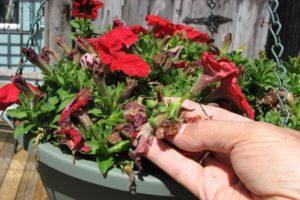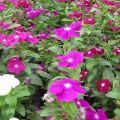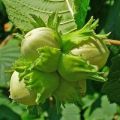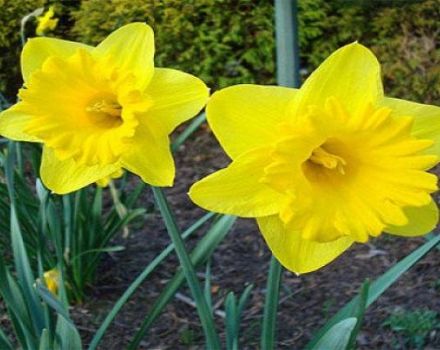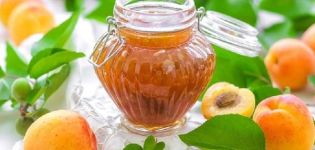Planting and caring for Platicodon in open ground, description of varieties and reproduction
Bells are always associated with a forest meadow in summer. But in order to admire them, it is not necessary to go and look for them in the forest. You can plant Platicodon on your site. In addition, planting and caring for Platicodon is not difficult.
Description and features
Placticodon is a large-flowered bell. The height of the bushes can be from 20 to 80 cm. The shade of the inflorescences is different. These are mainly blue, white, pink and lilac. The flowers are large in diameter. The plant belongs to perennials. But unlike most perennials, it is undesirable to transplant Platicodon. The plant does not tolerate transplanting well and prefers to grow in one place.
Popular varieties
Breeders have bred a large number of Platycodon varieties. The main difference between the varieties is the shade of the inflorescences.
Album
The stems are erect, the height of the bush is 60-80 cm. The inflorescences are large, about 8 cm in diameter. Blue veins often appear on the petals of the flowers. The flowering period is June-August.
Shell Pink
The bush grows up to 85 cm. The inflorescences are large, about 8 cm in diameter. The shade of the petals is saturated pink. Looks great in single landings when decorating borders.

Marisil Blue
It belongs to one of the most popular varieties of Platycodon. The inflorescences are large, deep blue. The bushes are medium-sized.
Fairy Snow
The flowers are white or pale lilac. Blue veins appear on the petals. The height of the bush is about 80 cm. The flowering period is June-August.
Snowflake
Low-growing variety up to 50 cm high. Inflorescences are white, semi-double.
Maser of pearl
This variety is characterized by a pink inflorescence shade.
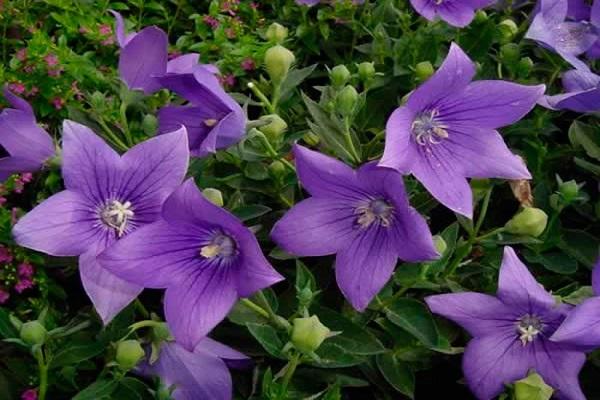
Apoyama
Outwardly, the flower resembles field bells. A low-growing variety up to 20 cm high. The foliage is large, the inflorescences are violet-blue.
Fiji
Fiji's platycodon variety is a mixture of colors. Inflorescences of three shades - pink, white and blue. Bushes about 60 cm high. Flowers are large, 6-7 cm in diameter.
Pink florist
The bush is tall, the height of the stems is 70-85 cm.The flowers are pale pink, 8 cm in diameter.
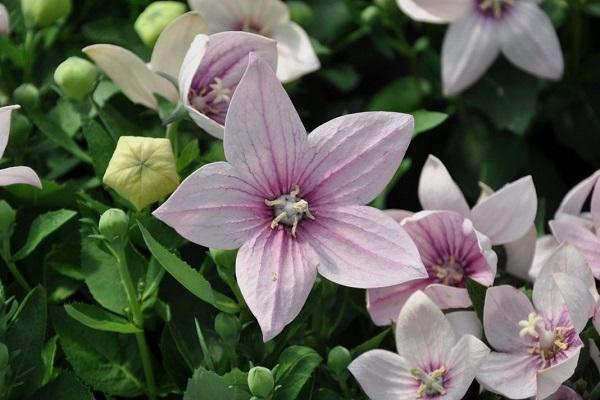
Outdoor cultivation
Platycodon is easy to grow. The plant is quite unpretentious.The main thing is to provide favorable conditions for growth.
Sowing dates
Sowing plant seeds depends on the region of residence. In the central regions and the Volga region, planting material is sown in mid-March. In the south, seeds can be sown several weeks early. And in the north, on the contrary, 1-2 weeks later.
Seat selection
The plant prefers to grow in sunny areas, but can tolerate a little shade..
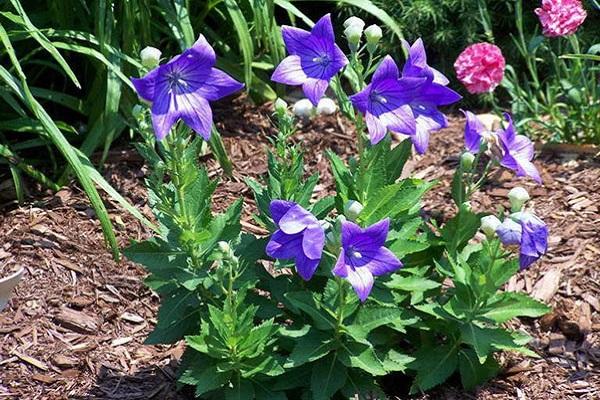
Soil requirements
Platicodon likes to grow in dry and well-drained soils. The flower does not tolerate the close occurrence of groundwater.
Landing scheme
Platycodon seeds can be sown directly into the ground when it becomes warm enough outside.
Planting process:
- The soil is weeded.
- Remove weeds.
- Make shallow grooves and sow seeds.
- Sprinkle the planting material with soil.
At the end of sowing, pour the seeds abundantly with warm water.

Care
Caring for a crop is not much different from caring for most flowers.
Watering
The bushes should be watered as needed. It is not worth pouring the flowers too much, but it is also undesirable to allow the soil to dry out. Water the flower garden after sunset with heated water.
Loosening and weeding
Weeding the flower bed is often unnecessary. It is enough to loosen the soil once every two weeks. Weeds are pulled out as they appear on the site.
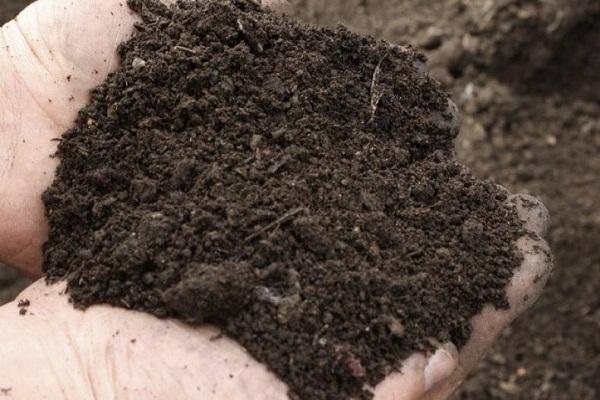
Top dressing
The first feeding can be done after the seedlings begin to sprout. For this, nitrogen-containing fertilizers are used. In the second half of the season, plants can be watered with phosphorus and potassium. Organic fertilizers are also used. The beds are sprinkled with wood ash and then watered. Or watered with infusions of weeds.
Spraying
When grown outdoors, it is not necessary to spray the bushes. During watering from a watering can and rains, this happens naturally.
Preparing for winter after flowering
Platicodon tolerates wintering well. The plant is frost-resistant, therefore it even experiences a severe cold snap. But it is best to cover the flowerbed with spruce branches for the winter. The bushes are cut before the onset of winter.
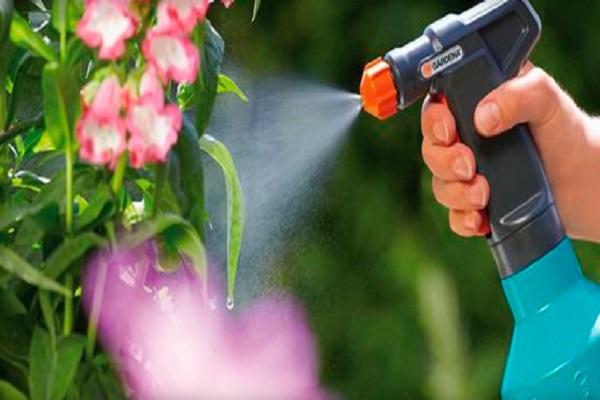
Diseases and pests
Often, when growing a crop, one has to deal with pests and diseases.
Gray rot
During a period of high humidity, the plant can get sick with gray rot. To fight the disease, you need to loosen the soil well and abandon irrigation for a while. Subsequently, do not overmoisten the beds. If there are heavily affected bushes, then they are dug up and thrown away. The soil is then treated with fungicides. For example, Bordeaux liquid or Topsin-M is suitable. After 10 days, the treatment is recommended to be repeated.
Moles and mice
Most of the problems are caused by mice and moles, which gnaw at the root system of flowers. Finding an effective way is difficult to get rid of. For example, you can blow smoke through holes. Or lay out poisoned traps around the site. But this method is more suitable for mice.
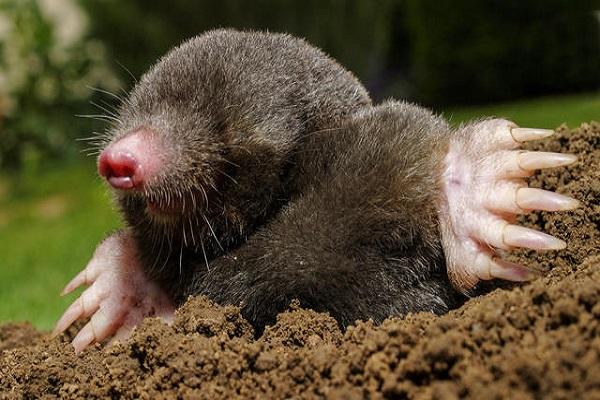
Slugs
Another problem that you have to face is slugs. If there are few of them, the plants are sprayed with infusion of garlic. Dusting the bushes with wood ash also helps. If there are a lot of slugs, spraying with chemicals will help.
Features of growing at home
The culture is also grown at home. For this, the seeds are immediately planted in pots in which the bushes will grow. Planting is no different than outdoor seeding. When the seedlings grow up, they can be transplanted (if the bushes grow too close to each other). It is recommended to place pots in sunny windows.
The features of care also do not differ from street ones. Unless the soil can be weeded. The culture feels great at home in pots. It blooms profusely under favorable conditions.
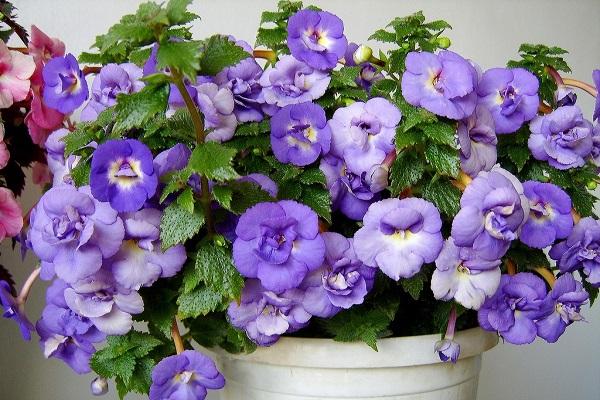
Reproduction
There are three ways to reproduce Platicodon.But the most effective is seed.
Seeds
Platycodon is best grown by seed. Other methods are less effective. The seeds can be purchased at the store or collected by yourself. Seed germination is very high. Planting material is collected from completely faded inflorescences. The seeds are harvested by autumn. The inflorescences should completely bloom, and the box with the planting material should dry out and begin to crack.
Cuttings
Another way is grafting. But most gardeners are doubtful about this method. Very often, cuttings do not take root. Cuttings are cut from the stem processes, at least 10 cm long. They should have from two internodes.
In early spring, cuttings are buried in special soil for flower crops and covered with a cut bottle to create a greenhouse effect. When they take root, they are planted in the ground.
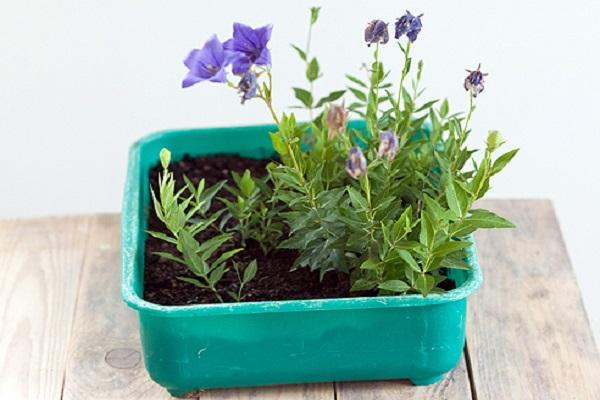
Dividing the bush
Reproduction by dividing a bush is the worst and most unreliable way. Platicodon is one of those cultures that do not like transplanting. Due to the fragile root system, it can hardly tolerate a change of place. Therefore, it is better not to take risks and not to propagate the bush in this way.
Using
Platycodon is used not only to decorate flower beds on the site. It is also used in folk medicine and even in cooking.
ethnoscience
Platicodon can not only decorate the garden, but also cure some diseases. Flowers are used in folk medicine. Before using a folk remedy for treatment, a consultation with a doctor is required.
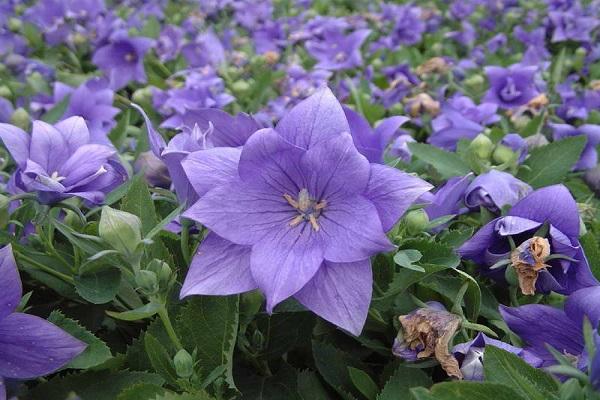
The culture is popular in Chinese traditional medicine. Rhizome is used for treatment. It contains B vitamins, phosphorus, iron, inulin, saponins and protein. It is used as an anti-inflammatory, expectorant.
Cooking
Platycodon has found applications in cooking. For example, bells can be used as decoration for desserts. The inflorescences are preliminarily sugared so that they do not dry out, and then used as decoration.
Roots are also used in cooking. They have a peculiar smell and taste a little bitter. The rhizome is used for marinade for kebabs, stews, soups and vegetables.
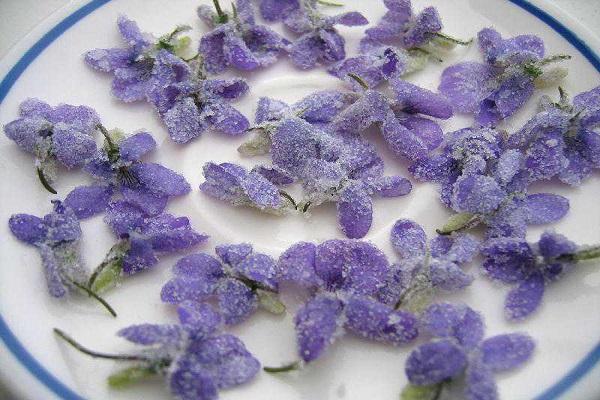
Design
The plant looks equally good in group and single plantings. A border near garden paths made of platycodon will look especially impressive.

